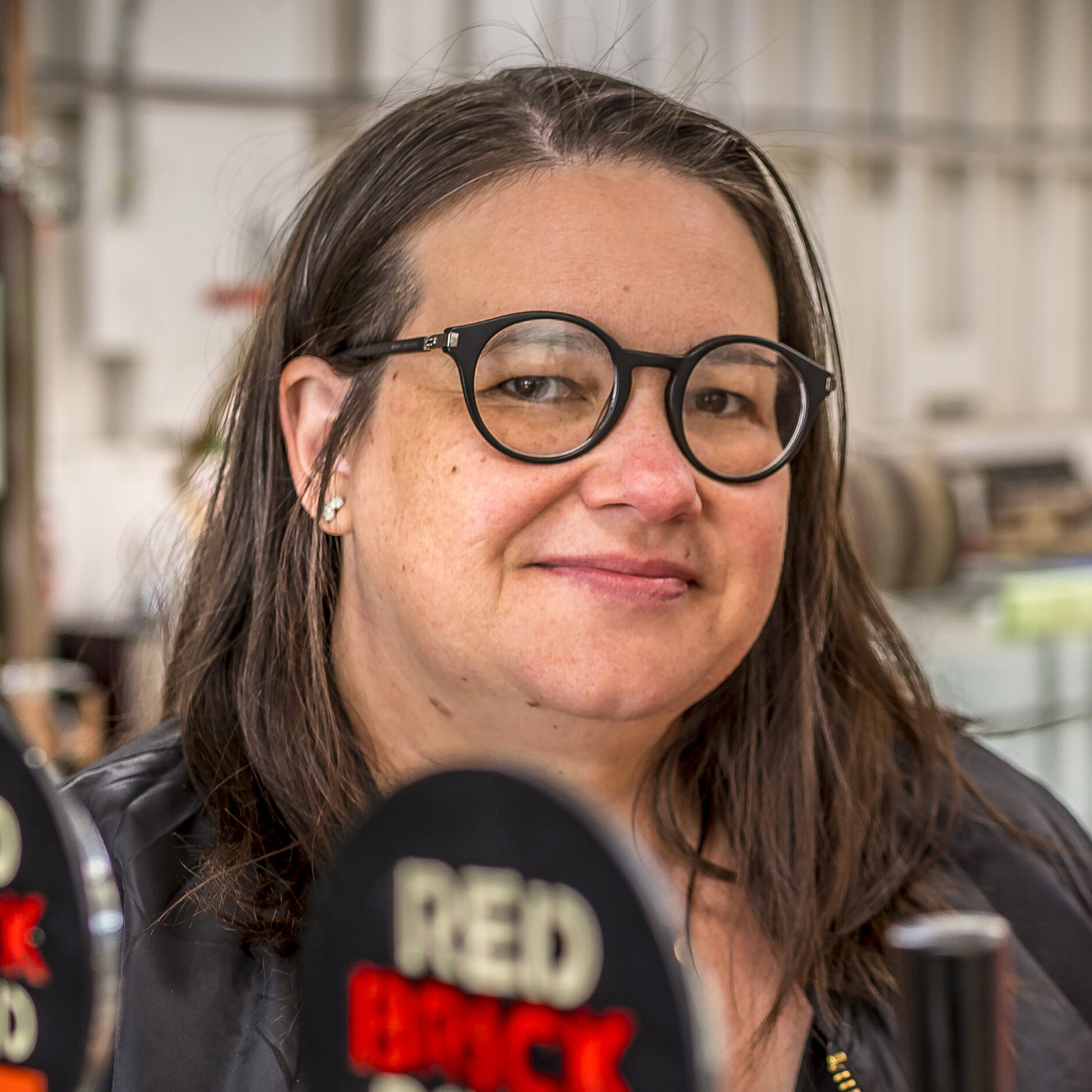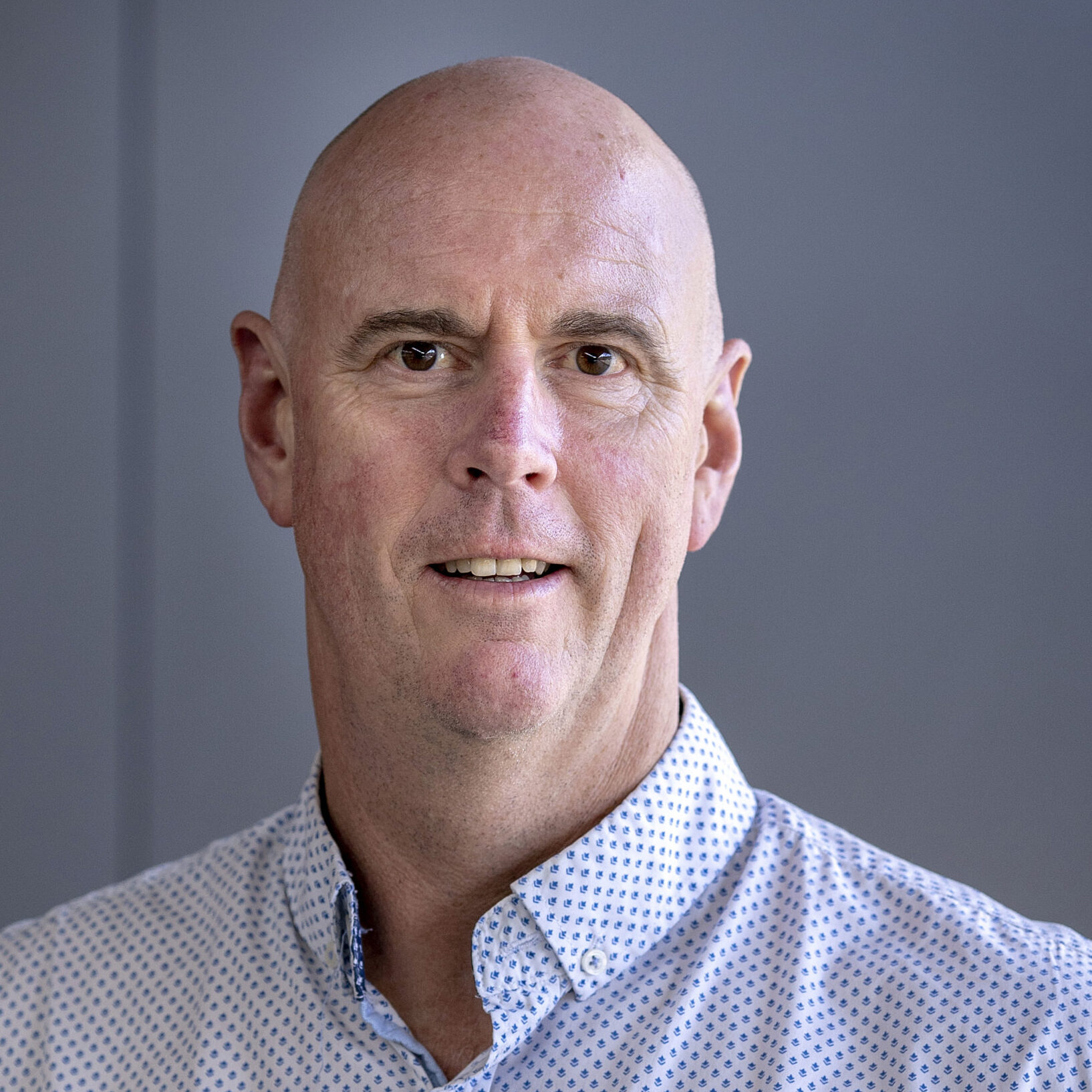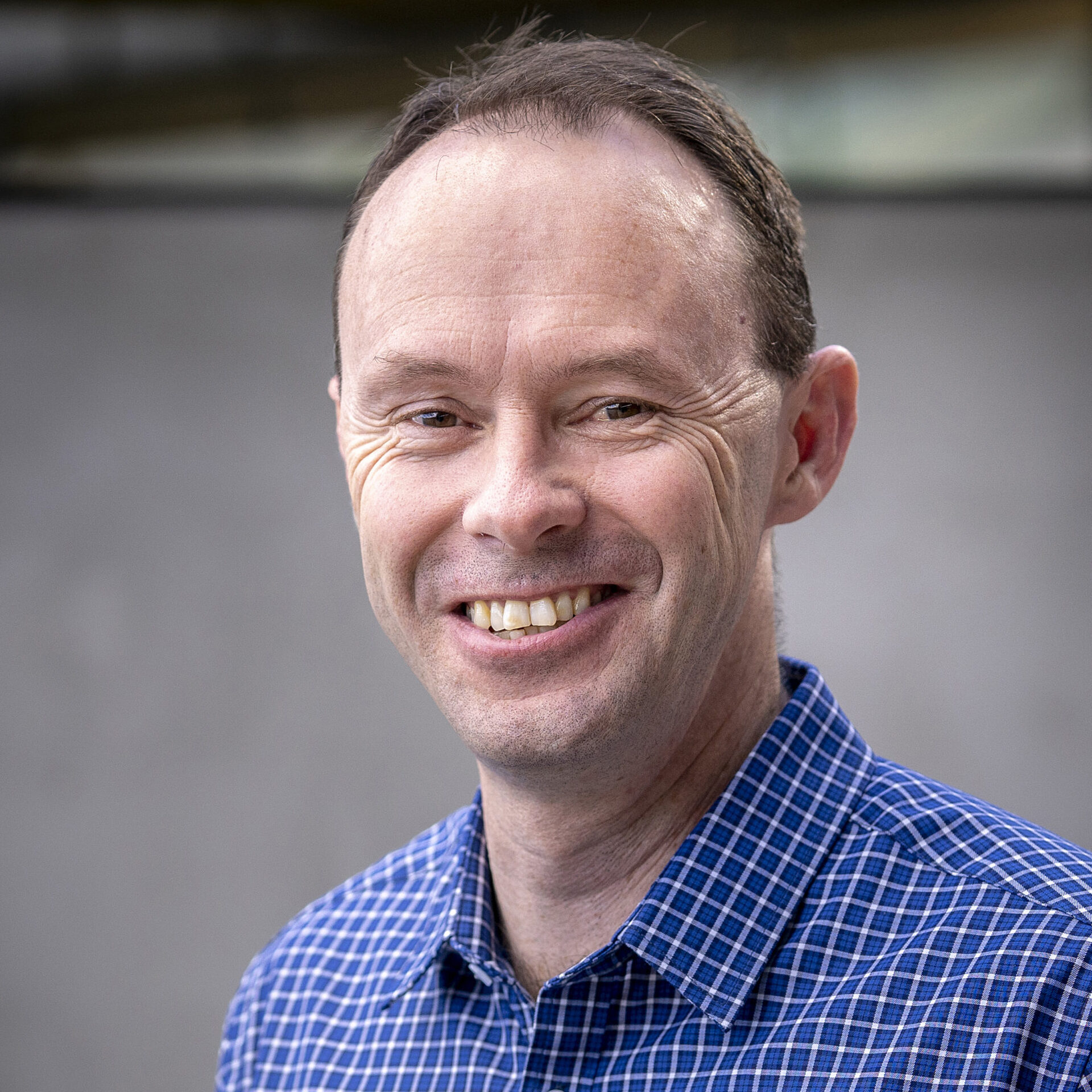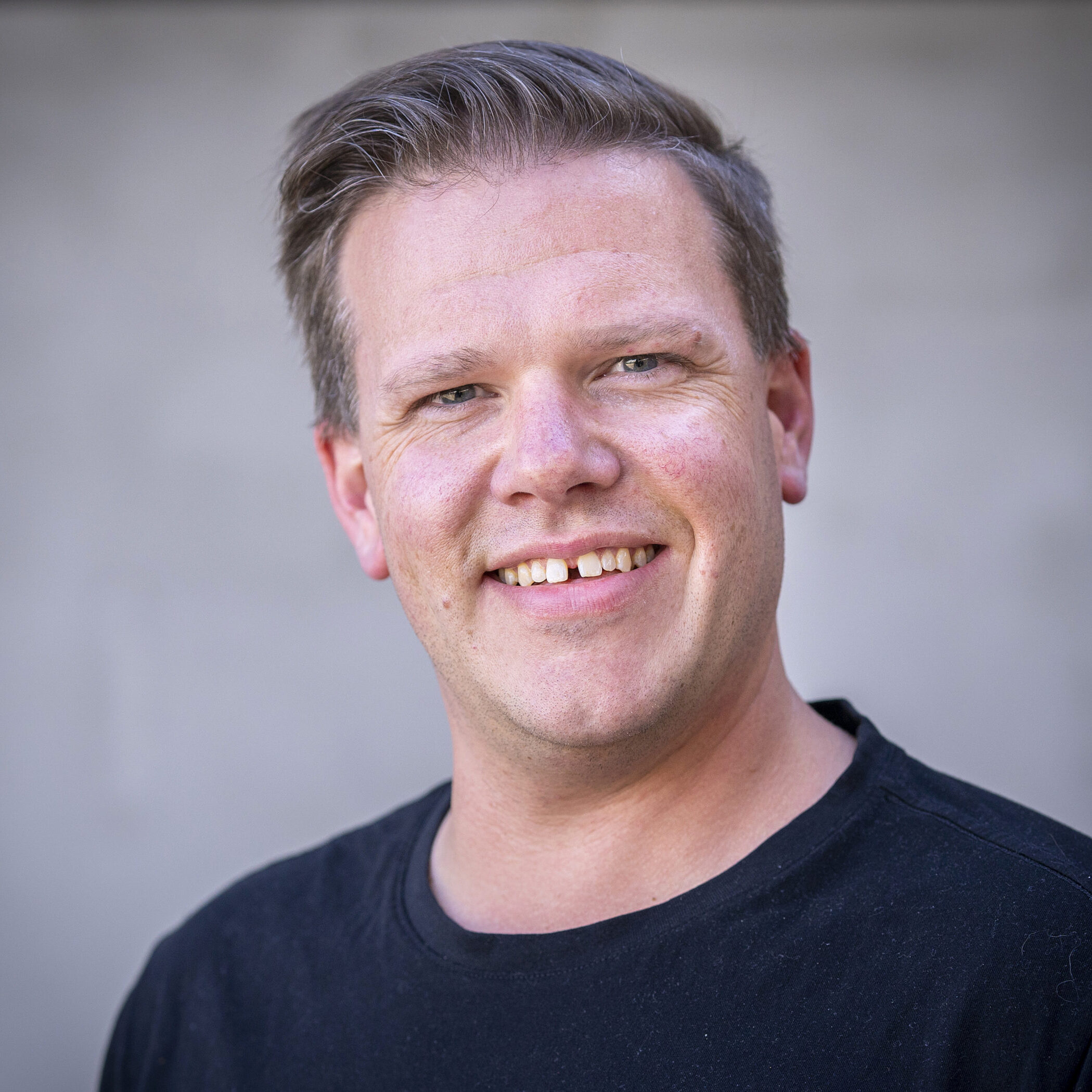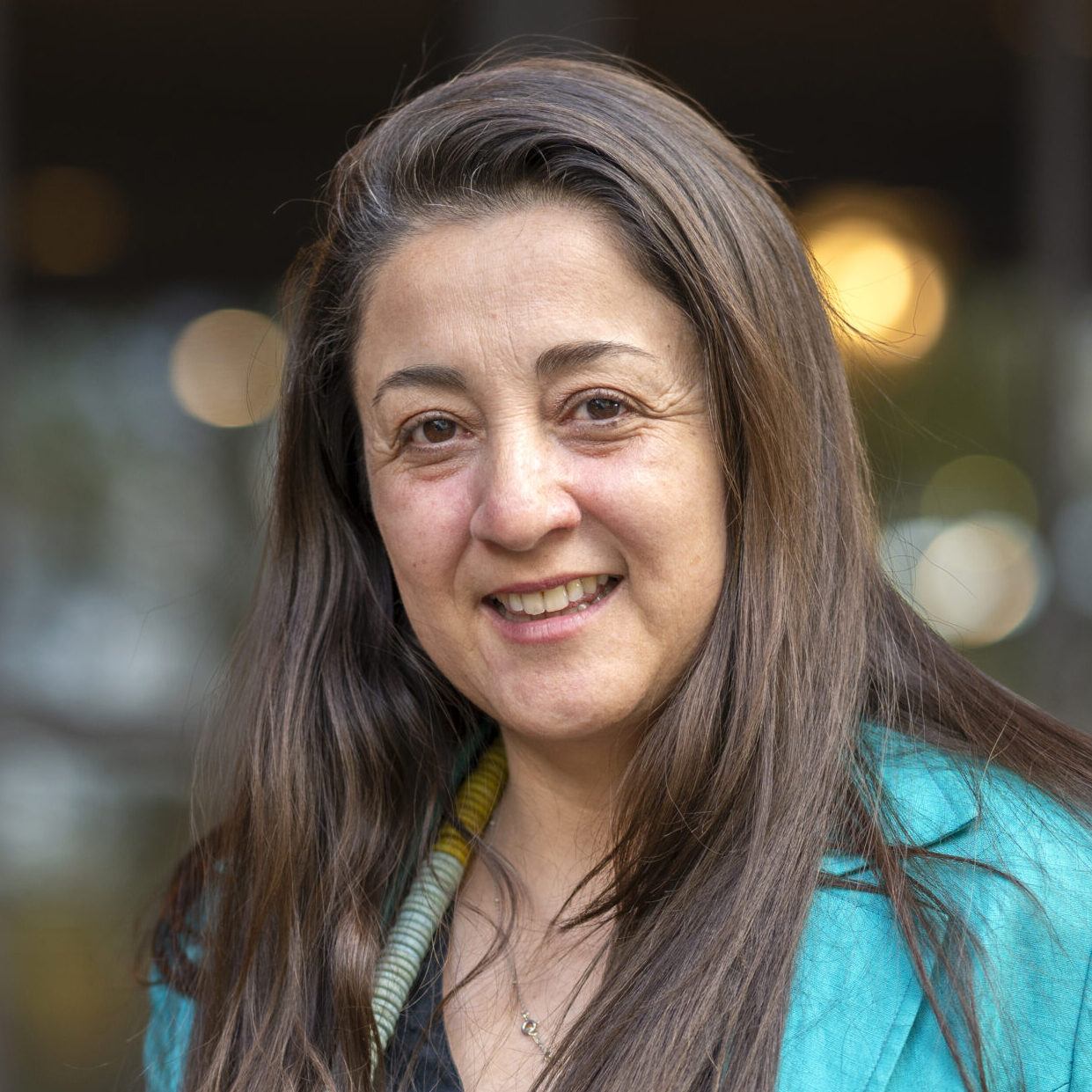
The Reuse Shed was founded by John and Jan Drysdale in November 2022. Set in the picturesque town of Geeveston in the Huon Valley, the business is co-located with Drysdale Engineering, a well-established business offering engineering design, welding and fabrication, and metal recycling services. Requests from members of the community to access the site to browse and buy scrap materials for creative projects have been increasing but the business was not set up for retail sales and was not safe to open to the general public.
John wanted to have a positive impact on his community by promoting creativity and his own love of art. He and Jan worked with Milca Perez, a specialist consultant in sustainable living and circular economy, to extend the business by establishing a retail outlet adjacent to the recycling facility.
The Reuse Shed diverts metals from reprocessing and extract greater value from the embedded energy in its existing form by up-cycling, reusing, and repurposing it in practical and creative ways. This initiative encourages local artists and hobbyists to enhance and showcase the value inherent in metal artefacts by incorporating them into community spaces and inspiring art.


At the Reuse Shed, the founders are in a unique position in that they are managing materials in various product lifecycle stages. They are designing and manufacturing new products from virgin or recycled metal at Drysdale Engineering, and receiving, sorting and processing scrapped metal, in their recycling facility. Adding the Reuse Shed to the site provides an alternative channel to divert metal from recycling for reuse or repurposing thereby moving it up the waste hierarchy.
Milca developed a business plan and branding for the new venture and worked with the Drysdale team to set up a unique outlet, surrounded by graffiti art and a collection of sculptures created by local artists. Before joining BREP, Milca had established many of the operational aspects of the business, including opening hours, community drop off days, and processes for collecting and sorting metal objects from ‘scrap’. Milca’s focus now turned to further developing the business model and increasing sales to achieve sufficient revenue to cover the operating costs.
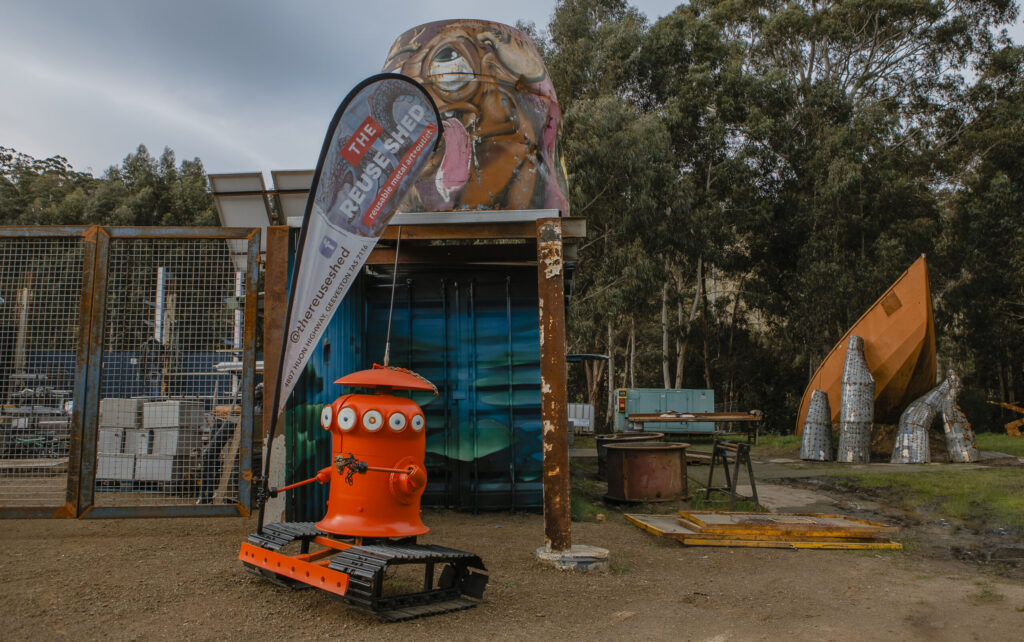
Milca participated in an action learning set during BREP and the set members helped to create a problem statement. This took the form of a question:
“Where are the welding wizards with the passion and skills
to transform this metal waste into beautiful and timeless sculptures?”

This question prompted Milca to research and create a catalogue of national and international artists using repurposed metal objects as their primary medium. Milca found that many artists are sponsored by local government, the tourism industry and large corporations, and are associated with eco-tourism destinations, and place-based cultural events, such as annual festivals. Milca determined that the Reuse Shed would need to develop relationships not only with artists but more widely with the art community.

“Working intensively with the group, we clearly defined niche customer groups for the Reuse Shed.”
Milca Perez
Project Manager, The Reuse Shed

Milca designed a brochure to raise the awareness of artists, art galleries, and philanthropists who may be interested in collaborating with the Reuse Shed to specify and collect materials for major works.
The target group was expanded to include landscape designers and hobbyists and a separate brochure was prepared for this customer group.
Brochures were distributed and displayed at local council, libraries, community centres and public offices.
The Reuse Shed is located on land adjacent to a nature reserve and the 3km Port Huon to Geeveston Walking Track (Geeveston end). Milca applied for a grant from the Huon Valley Council to build a small garden display, with solar lighting and signage to direct visitors along the path. The entire installation was built with salvaged metal objects from the Reuse Shed, including a bicycle, industrial lampshades, and baskets from discarded fridges. The display offers a whimsical photo opportunity for tourists as they pass by and illustrates how repurposing metal objects into public art can engage the community, inspiring creativity and promoting sustainability.

Establishing a business case for selling miscellaneous metal products and components for secondary use can be challenging. Consumers expect to pay a very low price and it can be difficult to cover costs of labour for collecting and sorting items. This is exacerbated by the unpredictability of supply and demand. Given these economic challenges, many salvage businesses operate as not-for-profit, focusing on the community benefit and sustainability outcomes of their efforts. Even so, a non-profit organisation must still be financially viable in order to achieve its social and ecological goals. The Reuse Shed is taking a different approach by directly targeting niche, high-value customers to offset the cost of operating the retail outlet for the benefit of the local community.
The Reuse Shed now has a brand and marketing materials, a sustainability framework, a developing business model, a clear target audience, and a social media presence. John and Jan will continue to build on the foundation Milca has established, with the support of the local community.
Learning into action
What have you learnt from Milca’s experience that you could put into action in your business? Here are three actions you could take right now:
- Watch our video on resource efficiency and the Circular Economy. Identify a stage in the product lifecycle in which you manage materials.
- Find out about the other stages of the lifecycle. Where do your materials come from? Where do they end up?
- If you could extend the useful life of products and materials, through repair, reuse or repurposing, who would be your customers?









